Midterm Elections Loom Over the Stock Market
Divided control of Congress, White House, has historically led to poor returns
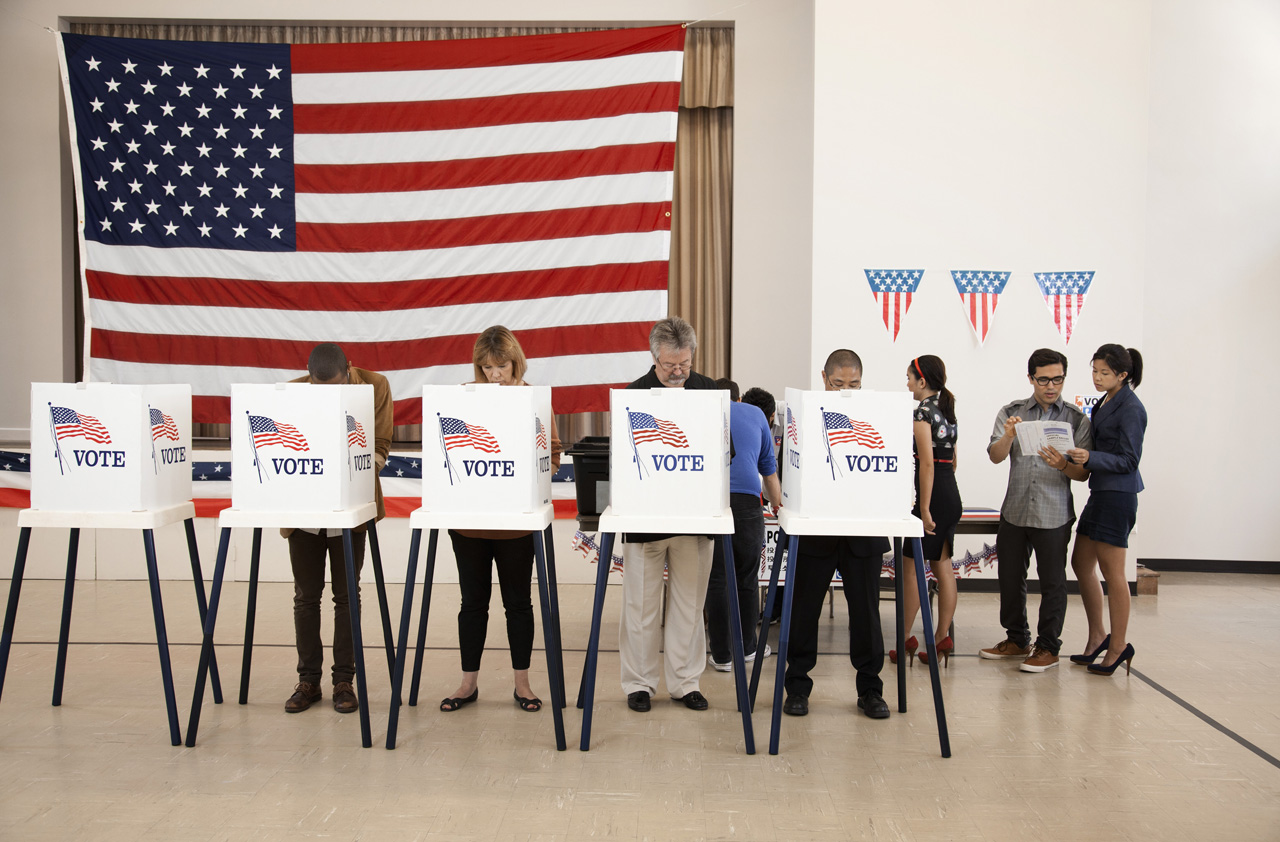

Nate Silver’s FiveThirtyEight.com, my go-to source for election predictions, currently gives the Democrats an 86% chance of capturing a majority in the House in the Nov. 6 midterm elections.
If Silver is right — and almost every political observer thinks he is — Republican control of the White House and both houses of Congress will end after a two-year stretch.
That could be bad news for stock investors. Gridlock in Washington is a major minus for the stock market, says Sam Stovall, chief investment strategist at CFRA Research.

Sign up for Kiplinger’s Free E-Newsletters
Profit and prosper with the best of expert advice on investing, taxes, retirement, personal finance and more - straight to your e-mail.
Profit and prosper with the best of expert advice - straight to your e-mail.
That’s a surprise to others on Wall Street, who argue that the fewer laws enacted in Washington, the better for investors.
“Wall Street favors gridlock in Washington because it makes it harder for Congress to pass bills that cost money,” Stovall says. “But if Congress is split, and all the two parties do is bicker, there’s no leadership in Washington.”
How Midterms Could Upset the Applecart
The numbers back Stovall up. Since 1900, the Standard & Poor’s 500-stock index has risen in price by an annualized 7.5% when one party held the White House and both houses of Congress. The index has gained an annualized 6.7% when Congress was unified, but the president was from the other party. And it has risen just an annualized 6.2% when Congress was divided. These returns don’t include dividends because they’re not readily available, but Stovall says their inclusion wouldn’t change the basic conclusion.
The gap in stock returns between unified government and divided government has only grown wider in recent decades, perhaps, because antipathy between the two parties has worsened. Since 1945, the S&P 500 has returned an annualized 11.0% when the same party controlled the White House and both houses of Congress. The index has gained an annualized 7.4% when one party held Congress and the other party held the White House. And it has risen just 6.9% annualized when Congress was divided.
Here’s the kick in the gut: The worst stock market returns have come when the president is a Republican, and the Republicans and the Democrats each control one house of Congress. Since 1900, the S&P has gained a meager annualized 3.2% during such stretches.
If Silver’s predictions are correct for the House and the Senate (where he gives the Democrats just a 19% chance of attaining the majority), we’ll end up in precisely what history and Stovall say is “the worst scenario.”
Why is gridlock bad for investors? “It leads to uncertainty,” Stovall says. “And investors hate uncertainty.”
The 2011 crisis over raising the national debt ceiling provides the best recent illustration of just how much political gridlock can damage your personal bottom line.
Historically, raising the debt ceiling – which merely allows the Treasury to pay for things that Congress has already approved – was almost a non-event. But in 2010, the Tea Party movement in the Republican Party swept dozens of hardline fiscal conservatives to power in the House. Democrats controlled the presidency and the Senate.
In 2011, Tea Party members refused to allow passage of a hike in the debt ceiling without agreement from President Obama on deep future spending cuts. The two parties failed to cut a deal until just two days before the Treasury estimated it would run out of money. Stocks sold off violently, and Standard & Poor’s lowered the credit rating of the nation’s debt for the first time ever. A rerun of the 2011 crisis in 2013 was milder, but still negative, for the stock market.
It’s difficult to determine how much of the correlation between a dividend government and a weak stock market is merely coincidence. Even going back to 1900, we’re dealing with only a small number of data points and with a stock market that has been buffeted by all manner of forces. For instance, it’s hard to argue that divided government had anything to do with the 2000-02 tech stock meltdown.
Gridlock – or unified government – is just one factor in determining the direction of stocks, but it’s difficult to argue that it’s not significant.
One final example: Republicans, of course, currently hold the White House and both houses of Congress. And the stock market, despite its recent stumble, has soared the past two years.
Steve Goldberg is an investment adviser in the Washington, D.C., area.
Get Kiplinger Today newsletter — free
Profit and prosper with the best of Kiplinger's advice on investing, taxes, retirement, personal finance and much more. Delivered daily. Enter your email in the box and click Sign Me Up.

-
 Stock Market Today: Stocks Gain on Tech, Auto Tariff Talk
Stock Market Today: Stocks Gain on Tech, Auto Tariff TalkThe Trump administration said late Friday that it will temporarily halt tariffs on some Chinese tech imports.
By Karee Venema
-
 Sam's Club Plans Aggressive Expansion: Discover Its New Locations
Sam's Club Plans Aggressive Expansion: Discover Its New LocationsSam's Club expansion plans will open up to 15 new stores each year. Learn where they plan to open in 2025.
By Sean Jackson
-
 AI Regulation is Looming: Kiplinger Economic Forecasts
AI Regulation is Looming: Kiplinger Economic ForecastsEconomic Forecasts Find out what Washington and regulators have planned for artificial intelligence.
By John Miley
-
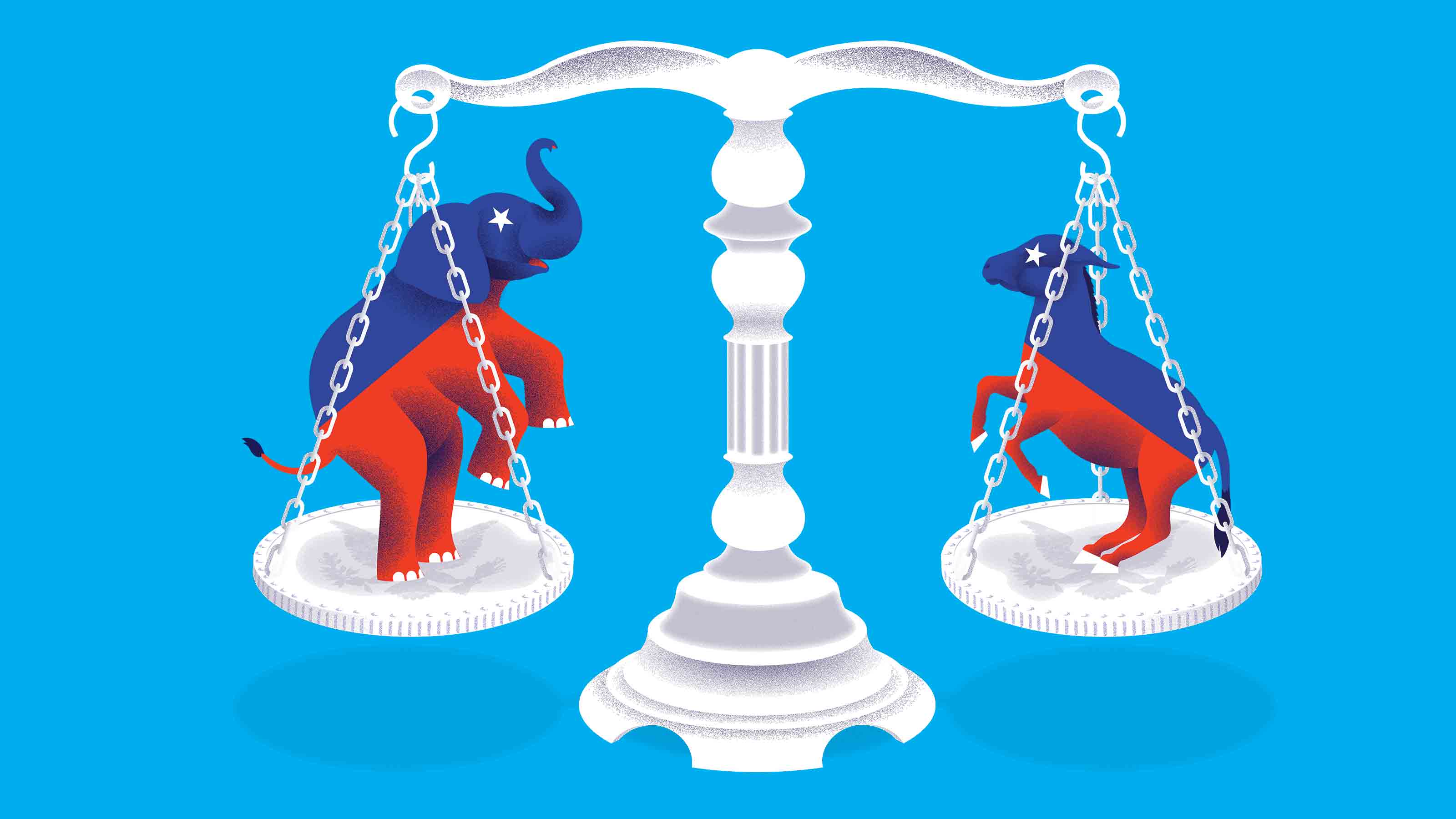 Where the Midterm Election Races Stand Today
Where the Midterm Election Races Stand TodayEconomic Forecasts In a tight race, these state elections may make the difference when midterm results are announced in November.
By Sean Lengell
-
 These States Could Legalize Marijuana Soon
These States Could Legalize Marijuana SoonPolitics Initiatives on ballots this November reflect growing bipartisan support for legal recreational pot.
By Sean Lengell
-
 ESG Gives Russia the Cold Shoulder, Too
ESG Gives Russia the Cold Shoulder, TooESG MSCI jumped on the Russia dogpile this week, reducing the country's ESG government rating to the lowest possible level.
By Ellen Kennedy
-
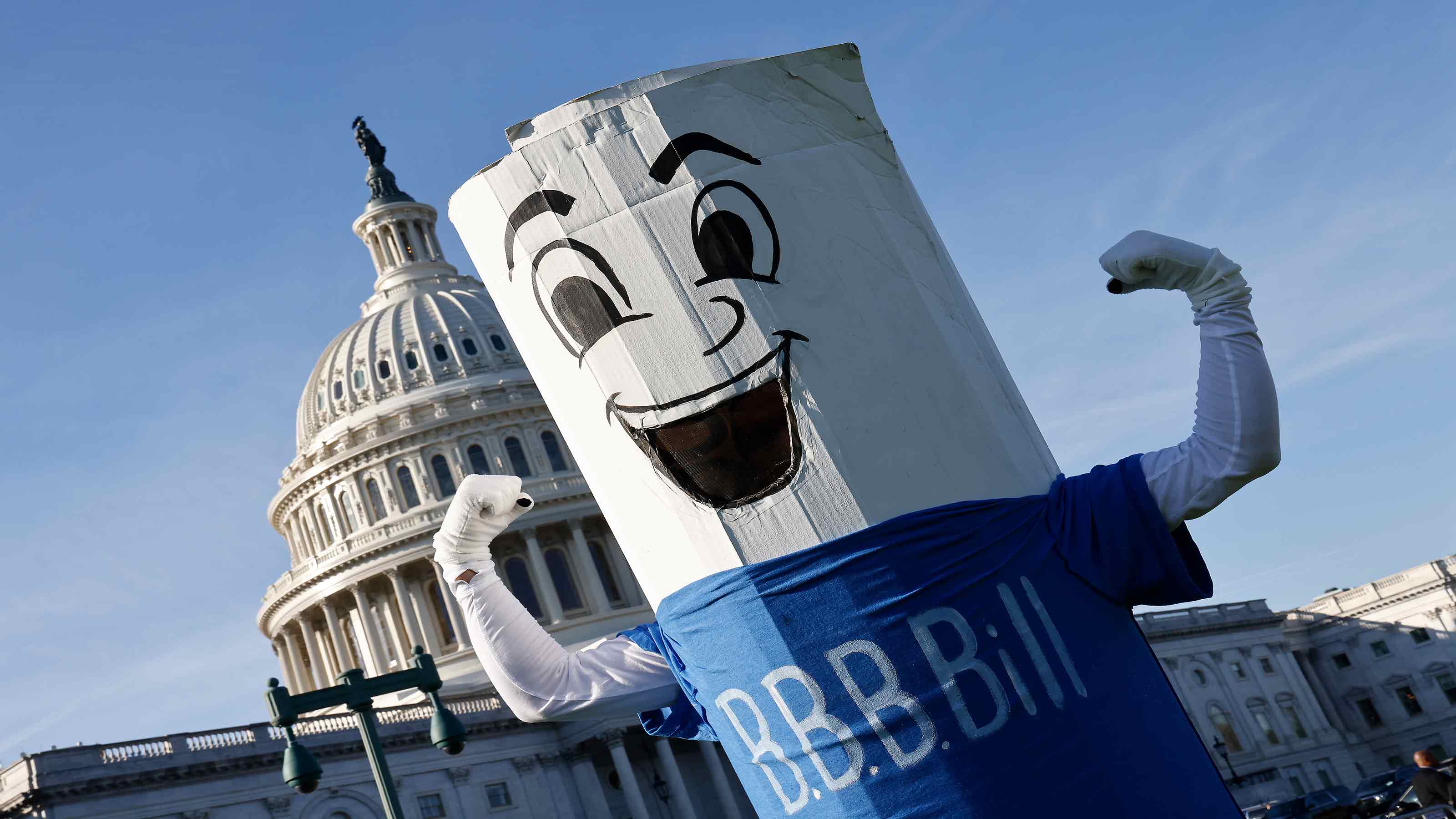 The Biden Tax Plan: How the Build Back Better Act Could Affect Your Tax Bill
The Biden Tax Plan: How the Build Back Better Act Could Affect Your Tax BillPolitics Depending on your income, the Build Back Better Act recently passed by the House could boost or cut your future tax bills.
By Rocky Mengle
-
 The Kiplinger Letter’s Must-Read Political and Economic Forecasts for 2021
The Kiplinger Letter’s Must-Read Political and Economic Forecasts for 2021Politics Our annual outlook explores what to expect from the U.S. economy, the new Congress and next administration, trade tensions, cryptocurrency, self-driving trucks and more.
By The Kiplinger Washington Editors
-
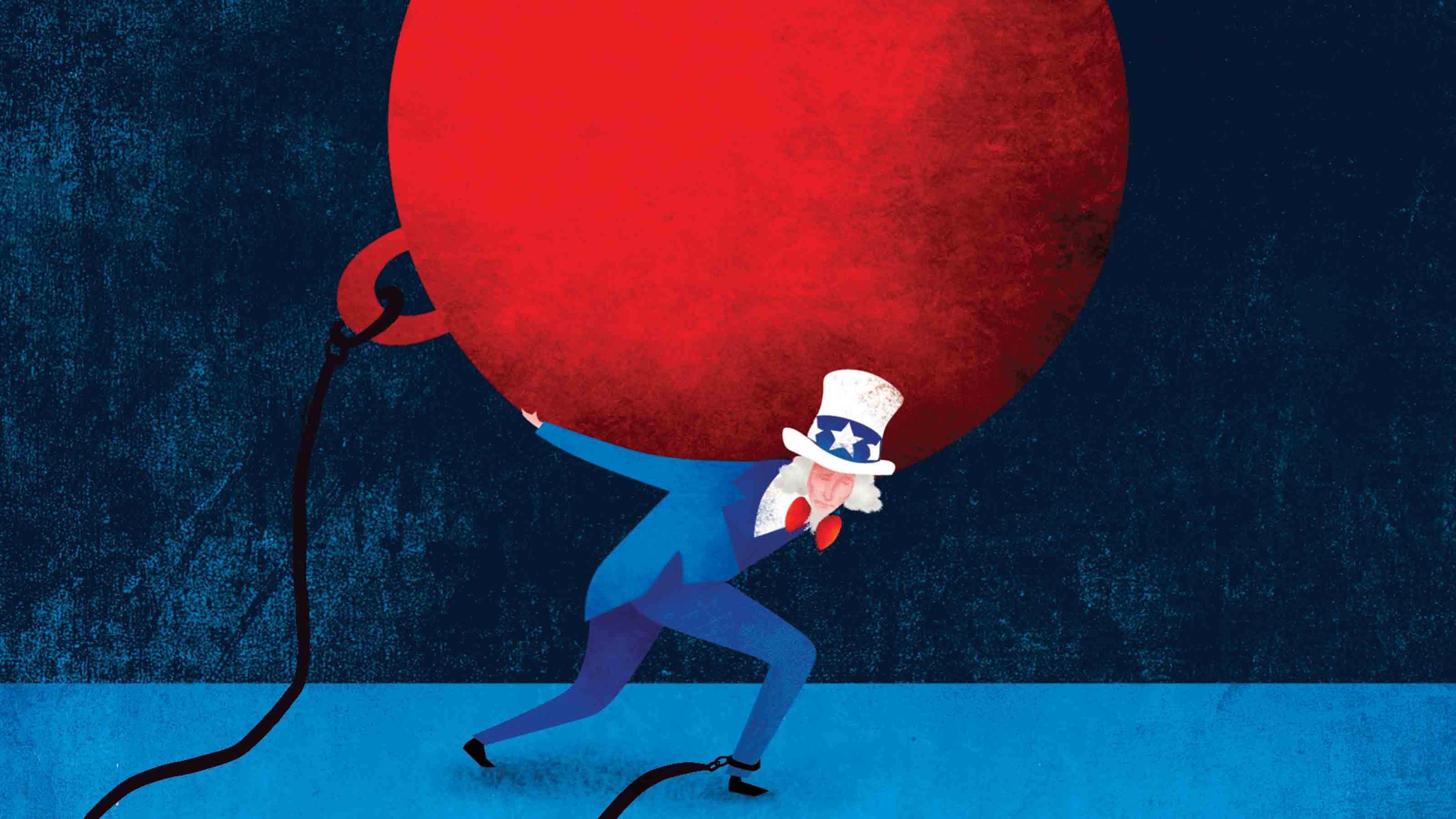 Federal Debt: A Heavy Load
Federal Debt: A Heavy LoadEconomic Forecasts The debt continues to grow, but record-low interest rates could ease the long-term damage.
By David Payne
-
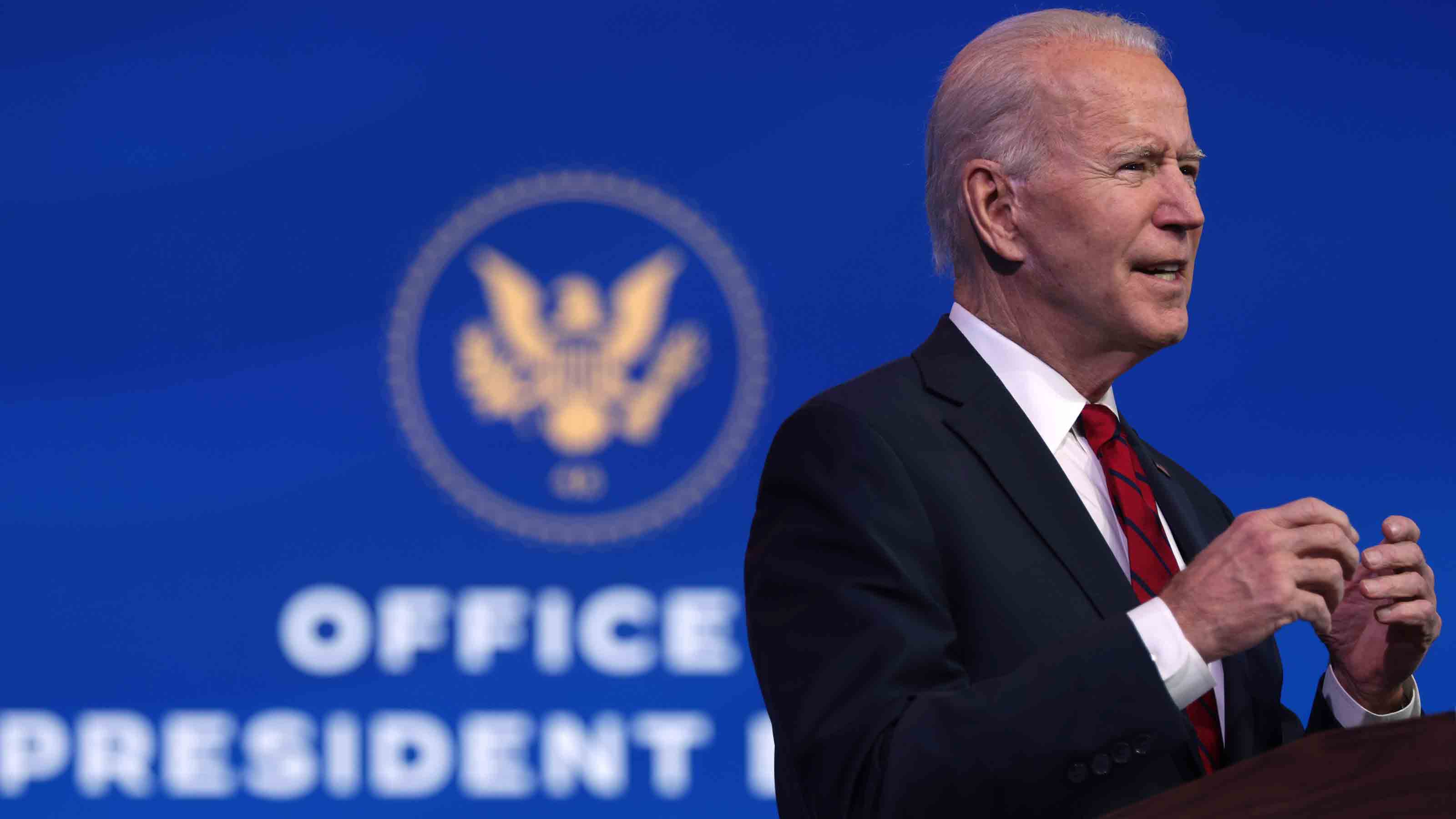 What Biden Will Do: 23 Policy Plays to Expect From the Next Administration
What Biden Will Do: 23 Policy Plays to Expect From the Next AdministrationPolitics The Kiplinger Letter forecasts President-Elect Joe Biden’s biggest priorities -- and the likelihood of progress on them.
By The Kiplinger Washington Editors